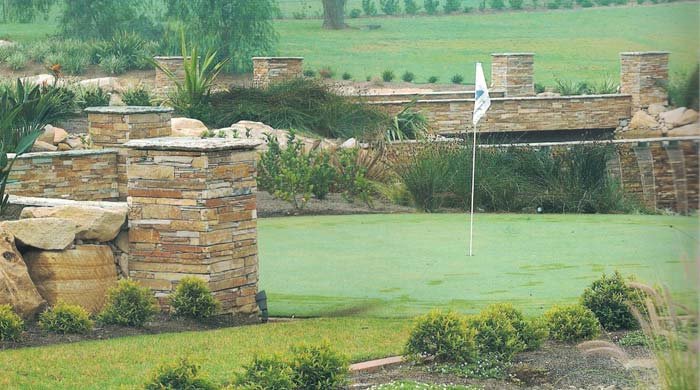Stapelte Steinsäulen Bieten Sie einen zeitlosen und robusten Look an, der die architektonische Schönheit Ihrer Außenräume verbessert. Unabhängig davon, ob Sie Ihre Auffahrt flankieren, Ihre Veranda rahmen oder Ihrem Garten ein auffälliges Detail hinzufügen möchten, können Sie diese Säulen selbst mit den richtigen Materialien und Techniken selbst erstellen. In diesem Leitfaden führen wir Sie durch die Schritte, um gestapelte Steinsäulen zu bauen, die jahrelang dauern und atemberaubend aussehen.
Einführung in gestapelte Steinsäulen
Stapelte Steinsäulen sind vertikale Strukturen aus natürlichen oder hergestellten Steinfurnier. Sie bieten eine dekorative Note und bieten gleichzeitig Unterstützung oder fungieren als eigenständiges Merkmal in Landschaftsgestaltungsprojekten. Sie dienen nicht nur als wunderschönes Eingangserklärung, sondern verleihen Zäunen, Toren und Veranden auch strukturelle Eleganz. Diese Säulen sind für ihre Haltbarkeit bekannt und halten im Laufe der Zeit heftigem Wetter und Verschleiß, was sie zu einer langfristigen Investition sowohl in die Funktion als auch in die Ästhetik macht.
-
 Großhandel mit zufälliger Verkleidung aus schwarzem Quarzit-Trockenstapel
Großhandel mit zufälliger Verkleidung aus schwarzem Quarzit-Trockenstapel -
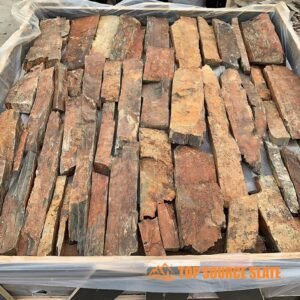 Hochwertige Wandverkleidung aus Trockensteinmauerwerk
Hochwertige Wandverkleidung aus Trockensteinmauerwerk -
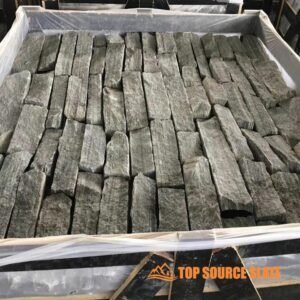 Fabrik-Direktverkauf billige lose Steinwandverkleidung
Fabrik-Direktverkauf billige lose Steinwandverkleidung -
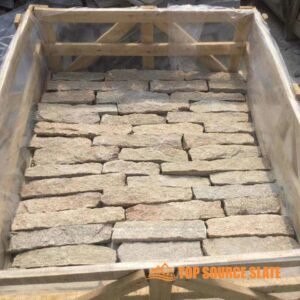 Fabrikdirekte zufällige Wandverkleidung aus Naturstein
Fabrikdirekte zufällige Wandverkleidung aus Naturstein -
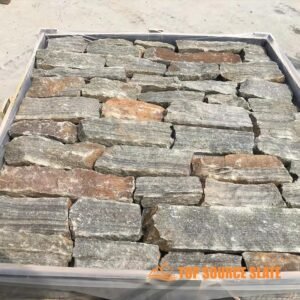 Äußere dekorative lose Trockenstapel-Steinverkleidung
Äußere dekorative lose Trockenstapel-Steinverkleidung -
 China-Lieferant unregelmäßige Wandverkleidung aus Steinfurnier
China-Lieferant unregelmäßige Wandverkleidung aus Steinfurnier -
 Chinesischer Hersteller für Außenwandverkleidungen aus Natursteinen
Chinesischer Hersteller für Außenwandverkleidungen aus Natursteinen -
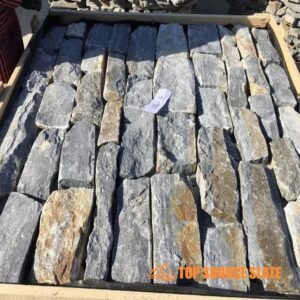 China-Hersteller von losem Leistenstein-Natursteinfurnier
China-Hersteller von losem Leistenstein-Natursteinfurnier -
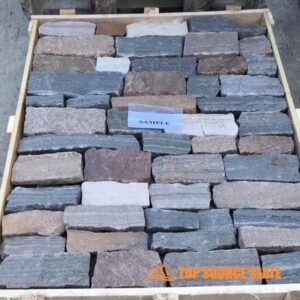 Außenkamin aus trockenem Stein eines chinesischen Anbieters
Außenkamin aus trockenem Stein eines chinesischen Anbieters -
 China-Exporteur lose Trockenstapelstein-Stützmauer
China-Exporteur lose Trockenstapelstein-Stützmauer -
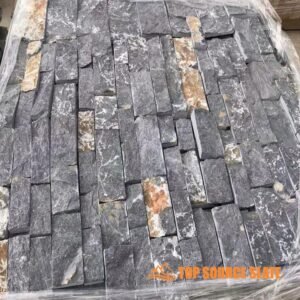 Außenansicht eines Trockensteinhauses in China im Großhandel
Außenansicht eines Trockensteinhauses in China im Großhandel -
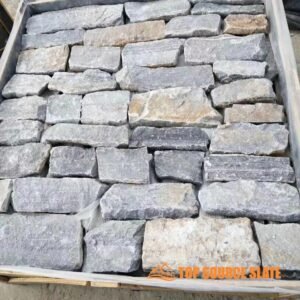 China Großhandel mit trocken gestapeltem Natursteinfurnier
China Großhandel mit trocken gestapeltem Natursteinfurnier -
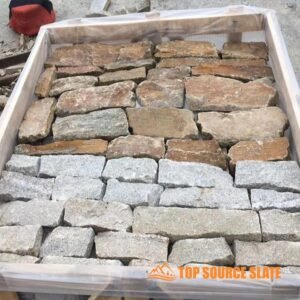 Chinesischer Hersteller von Trockensteinverkleidungen
Chinesischer Hersteller von Trockensteinverkleidungen -
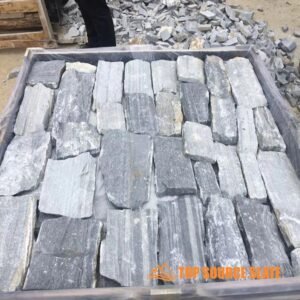 Trockensteinfliesen für den Innen- und Außenbereich
Trockensteinfliesen für den Innen- und Außenbereich -
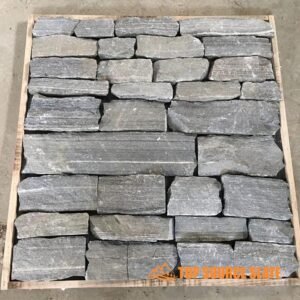 Grüner loser Stein für den Innen- und Außenbereich für die Wandverkleidung
Grüner loser Stein für den Innen- und Außenbereich für die Wandverkleidung -
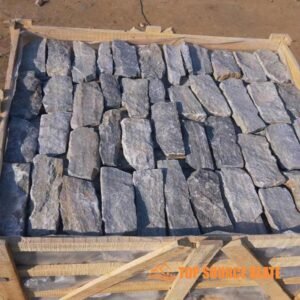 Wandverkleidungsstreifen aus natürlichem losem Stein
Wandverkleidungsstreifen aus natürlichem losem Stein -
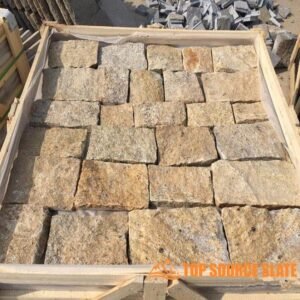 Loser Furnierstein für das Außenwandhaus
Loser Furnierstein für das Außenwandhaus -
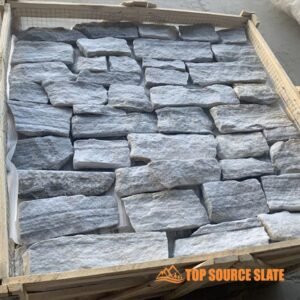 Trockenmauerverkleidung für Merkmalswände
Trockenmauerverkleidung für Merkmalswände -
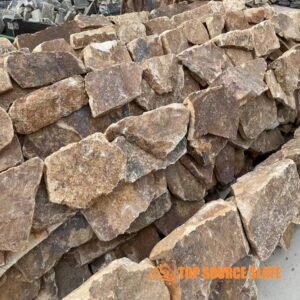 lose Steinverkleidungsecke
lose Steinverkleidungsecke -
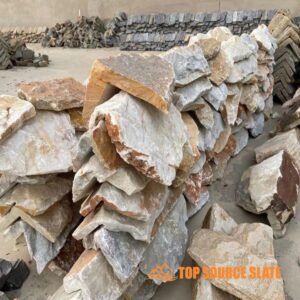 Trockenmauer-Verkleidungsecke
Trockenmauer-Verkleidungsecke -
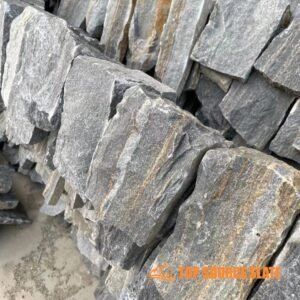 Unregelmäßige Wandverkleidung aus Steinfurnier
Unregelmäßige Wandverkleidung aus Steinfurnier -
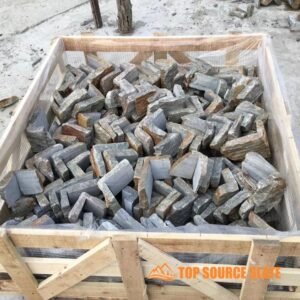 Lose Steinwandverkleidungsecke
Lose Steinwandverkleidungsecke -
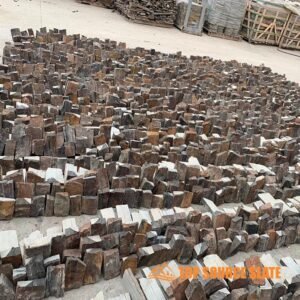 trocken gestapelte Steinecke
trocken gestapelte Steinecke -
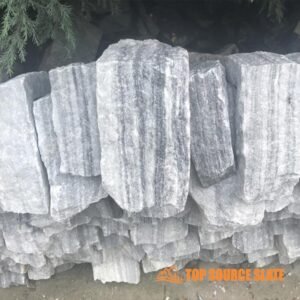 Trocken gestapelte Steinmauerecke
Trocken gestapelte Steinmauerecke
Stacked Stone: Ein vollständiger Kaufratgeber (Aktualisierung)
Installationsrichtlinien für gestapelte Steinfliesen
So messen Sie gestapelte Steinfurnierplatten
Outdoor gestapelte Steinsäulen sind oft teuer zu installieren und schwer zu pflegen. Mit unseren gestapelten Steinsäulen können Sie den gleichen Blick auf einen günstigeren Preis und mit weniger Kopfschmerzen leisten.
- Größe: Die normale Größe beträgt 450*450*300 mm (benutzerdefinierte Größen sind verfügbar)
- Verwendung: Die Postbox kann in die Säulen gesteckt werden.
- Einfache Installation und zeitliche Speicherung.
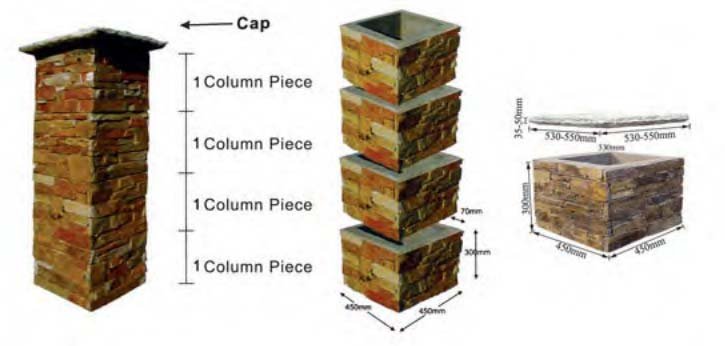
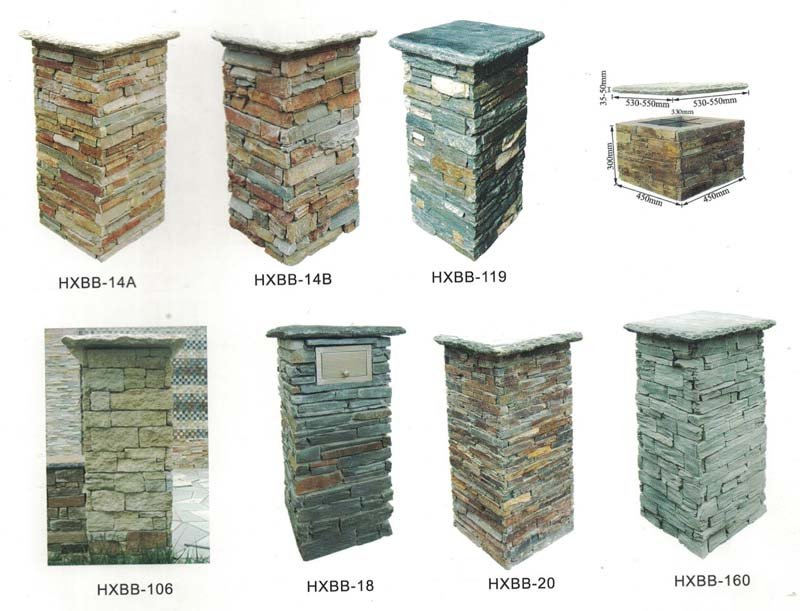
Materialien, die für gestapelte Steinsäulen benötigt werden
Sammeln Sie vor Beginn Ihres Projekts alle erforderlichen Materialien, um einen reibungslosen Konstruktionsprozess zu gewährleisten. Folgendes brauchen Sie:
- Steinfurnier oder Blöcke: Wählen Natürlicher gestapelter Stein, hergestelltes Furnier oder Blöcke, die zu Ihrer gewünschten Ästhetik passen.
- Betonbasismaterial: Wesentlich für die Schaffung einer soliden Grundlage.
- Mörtel oder Landschaftskleber: Um die Steine sicher an Ort und Stelle zu halten.
- Rebar (optional): Für zusätzliche strukturelle Unterstützung.
- Abdecksteine: Um die Spitze der Spalte zu beenden.
- Werkzeug: Schaufel, Level, Kelle, Gummihammer, Schubkarre und Sicherheitsausrüstung (Handschuhe, Schutzbrille).
Wählen hochwertig Materialien sind entscheidend, um die Langlebigkeit und Stabilität Ihrer Säulen zu gewährleisten. Zum Beispiel sind hergestellte Furniere oft leichter und leichter zu arbeiten, sehen aber wie Naturstein aus.
Standortvorbereitung und Grundlage
Die ordnungsgemäße Vorbereitung und die Grundlage der Standort sind entscheidend, um die Langlebigkeit und Stabilität Ihrer gestapelten Steinsäulen zu gewährleisten. Hier finden Sie einen detaillierten Überblick über die Vorbereitung Ihrer Website und eine starke Grundlage.
Schritt 1: Wählen Sie die Website aus und planen Sie das Layout
Ermitteln Sie zunächst, wo Sie Ihre Steinsäulen bauen möchten. Betrachten Sie sowohl Funktion als auch Ästhetik. Typische Orte sind am Ende der Einfahrten, entlang der Wege oder als Akzentsäulen für Veranden oder Gartentore. Sobald Sie den Ort ausgewählt haben:
- Markieren Sie die Säulenpositionen: Verwenden Sie Stangen, Schnur oder Sprühfarbe, um zu skizzieren, wo jede Säule platziert wird. Stellen Sie sicher, dass die Platzierung symmetrisch und gut ausgerichtet ist, wenn Sie mehr als eine Säule bauen.
- Überprüfen Sie die lokalen Bauvorschriften: Einige Regionen können Genehmigungen erfordern oder Richtlinien für die Höhe und Struktur von Säulen haben, insbesondere wenn sie tragend oder an einen Zaun oder ein Gate angeschlossen sind. Stellen Sie sicher, dass Sie vor Beginn des Projekts konform sind.
Schritt 2: Graben Sie das Fundament
Ein starkes Fundament ist der Schlüssel, um sicherzustellen, dass Ihre Steinsäule im Laufe der Zeit aufrecht und sicher bleibt, insbesondere in Regionen mit Gefrierzyklen oder sich verschobenen Böden. Hier ist, was zu tun ist:
- Größe des Fundaments: Für die meisten Standard -Steinsäulen müssen Sie mindestens ein Loch graben 24 Zoll breit Und 6-8 Zoll tief. Wenn Ihre Säule jedoch größer als 4 Fuß ist, sollten Sie das Loch erstellen tiefer und breiter (Bis zu 12 Zoll tief und 30 Zoll breit) für zusätzliche Stabilität.
- Füllen Sie die Basis mit Kies: Sobald Sie das Loch ausgegraben haben, füllen Sie es mit 6 Zoll verdichteten Kies oder Quettigter Stein. Verwenden Sie einen Manipulator, um den Kies zu verdichten. Diese Schicht liefert eine stabile, durchlässige Basis, die bei der Entwässerung hilft und verhindern, dass die Säule ungleichmäßig abgerichtet wird.
Schritt 3: Gießen Sie den Betongehalt
Ein konkreter Fuß liefert eine feste, langlebige Basis für die Säule. Folgen Sie folgenden Schritten:
- Mischen Sie den Beton: Kombinieren Sie in einer Schubkarre- oder Betonmischer den Betonmisch mit Wasser gemäß den Anweisungen des Herstellers. Rühren Sie, bis Sie eine glatte, bearbeitbare Konsistenz erreichen.
- Gießen Sie den Beton: Gießen Sie den gemischten Beton vorsichtig in das Loch, bis es ungefähr so gefüllt ist 2-3 Zoll unter dem Boden. Verwenden Sie eine Kelle, um die Oberseite des Betons zu glätten, um sicherzustellen, dass er eben ist.
- Rebar einfügen (optional): Wenn Sie größere Säulen oder solche bauen, die zusätzliche strukturelle Unterstützung benötigen Stahl -Bewehrungsstangen in den nassen Beton. Die Bewehrung verstärkt die Säule und macht sie resistenter gegen schwere Lasten oder Bewegungen.
- Lassen Sie den Beton heilen: Lassen Sie den Beton auf festgelegt 24-48 Stunden (oder länger, wenn das Wetter besonders kühl oder feucht ist). Diese Aushärtungszeit ist für die Entwicklung einer starken Grundlage von wesentlicher Bedeutung.
Bauen der Steinsäulenstruktur
Sobald das Fundament geheilt ist, ist es Zeit, die eigentliche Steinsäule zu bauen. Präzision und Geduld sind unerlässlich, um sicherzustellen, dass die Säule sowohl strukturell solide als auch visuell ansprechend ist.
Schritt 1: Legen Sie den ersten Kurs von Steinen
Beginnen Sie mit der ersten Schicht oder “Kurs,” aus Stein. Diese erste Schicht ist die kritischste, da sie die Grundlage für den Rest der Spalte legt. Hier erfahren Sie, wie es geht:
- Platzieren Sie die Basissteine: Legen Sie zunächst die Steine in einer quadratischen oder rechteckigen Form, abhängig vom Design Ihrer Säule. Wenn Sie das Steinfurnier oder Blöcke verwenden, stellen Sie sicher, dass die Steine auf dem Niveau sind und an den Ecken ordnungsgemäß ausgerichtet sind.
- Überprüfen Sie die Ebene: Verwenden Sie nach dem Platzieren eines jeden Steins a Wasserwaage Um sicherzustellen, dass sie eben sind. Passen Sie nach Bedarf an, indem Sie kleine Mengen Mörtel hinzufügen oder entfernen. Wenn die erste Ebene nicht eben ist, lehnt sich Ihre Spalte ab oder fällt zusammen, während Sie fortfahren.
- Verwenden Sie Mörtel oder Klebstoff: Verteilt eine dünne Schicht von Mörtel zwischen den Steinen, um sie zusammenzuhalten. Verwenden Sie eine Kelle, um den Mörtel gleichmäßig über die Oberflächen zu verteilen, auf denen die Steine Kontakt aufnehmen. Wenn Sie ein Steinfurnier vor dem Schnitt verwenden, kann der Landschaftskleber eine schnellere Option für die Sicherung der Steine sein.
Schritt 2: Stapeln Sie die Steine fort
Sobald der erste Kurs vorhanden ist, beginnen Sie mit dem Stapeln nachfolgende Ebenen. Hier erfahren Sie, wie Sie eine ordnungsgemäße Platzierung gewährleisten:
- Die Gelenke stolpern: Für zusätzliche Stabilität und ein natürlicheres Erscheinungsbild stolpere die vertikalen Gelenke zwischen Steinen. Vermeiden Sie es, die Gelenke direkt aufeinander auszurichten, da dies die Struktur schwächen kann.
- Tragen Sie Mörtel auf jede Schicht auf: Verbreiten Sie eine konsistente Menge Mörtel zwischen jedem Verlauf, um die Steine miteinander zu verbinden. Verwenden Sie eine Kelle, um den Mörtel in die Gelenke zu drücken und überschüssig zu glätten. Vermeiden Sie es, den Mörtel zu übertragen, da dies zu unansehnlichen Ausbeugung zwischen den Steinen führen kann.
- Überprüfen Sie nach Lot: Verwenden Sie nach dem Abschluss alle paar Schichten a Stufe und Lot Um sicherzustellen, dass die Spalte vertikal gerade ist. Nehmen Sie Anpassungen vor, indem Sie die Steine mit einem tippen Gummihammer falls nötig. Es ist wichtig, eine konsequente Überprüfung auf Lot zu überprüfen, da es schwierig ist, eine falsch ausgerichtete Spalte zu korrigieren, sobald sie eine bestimmte Höhe erreicht hat.
Schritt 3: Stabilität verstärken (optional)
Wenn Ihre Spalte ein Tor, einen Zaun oder eine andere Struktur unterstützt oder wenn Sie eine größere Säule bauen, kann die Verstärkung der Struktur erforderlich sein:
- Bewehrung von Bewehrung: Einfügen vertikale Bewehrungsstäbe in den Kern der Säule für zusätzliche Festigkeit. Diese Stäbe sollten sich vom Betongehäuse über die Höhe der Säule erstrecken. Dies ist besonders nützlich, wenn Sie vorhaben, den Kern der Spalte mit Beton zu füllen.
- Betonkern (optional): Für zusätzliche Stärke können Sie gießen Beton Im Kern der Säule beim Erstellen. Diese Methode wird typischerweise in laden tragenden Anwendungen verwendet. Stellen Sie sicher, dass Sie ein paar offene Fugen zwischen Steinen lassen, damit der Beton frei durch den Kern fließen kann.
Schritt 4: Abschläge und Schliff
Köpfen sind der letzte Schritt zum Erstellen Ihrer Kolumne. Sie bieten ein poliertes, professionelles Erscheinungsbild und tragen dazu bei, die Säule vor Wasserschäden zu schützen.
- Wählen Sie die richtigen Abdecksteine: Wählen Sie die Abschläge aus, die den Stil Ihres gestapelten Steins entsprechen oder ergänzen. Sie sollten groß genug sein, um die gesamte Oberseite der Säule abzudecken und sich leicht über die Kanten hinaus erstrecken.
- Wenden Sie die Abschläge an: Verwenden Sie eine starke Landschaftsklebstoff oder Mörtel, um die Abdecksteine zu sichern. Drücken Sie fest und verwenden Sie ein Level, um sicherzustellen, dass sie ausgerichtet und gleichmäßig sind.
- Den Stein versiegeln: Um den Stein vor Verwitterung zu schützen, tragen Sie a auf Steinversiegelung Sobald der Mörtel vollständig geheilt hat. Dies schützt die Steine vor Wasserabsorption, Färbung und Gefrier-Tauzzyklen.
So installieren Sie Stapelsteine oder Leistensteine
So installieren Sie einen gestapelten Steinkamin
So installieren Sie die Ecken von gestapelten Steinplatten
So bauen Sie eine Trockenmauer aus Stein
Beenden Sie die Spalte mit Abdecksteinen
Der Ende der Säule ist die Hinzufügung von Abdecksteinen, die sowohl dekorative als auch funktionale Zwecke dienen. Köpfen bieten ein sauberes, fertiges Aussehen und schützen die Säule vor Wetterschäden. Hier erfahren Sie, wie Sie sie hinzufügen:
Schritt 1: Platzieren Sie die Abdecksteine
Legen Sie die Abdecksteine auf Ihre Spalte. Stellen Sie sicher, dass sie eng und gleichmäßig auf die Struktur passen. Schneiden Sie bei Bedarf die Steine mit einer Mauerwerkssäge auf die Größe.
Schritt 2: Sicherstellen Sie die Abdecksteine
Verwenden Mörtel oder Landschaftskleber um die Abdecksteine zu sichern. Wenden Sie den Klebstoff gleichmäßig an und stellen Sie keine Lücken oder ungleichmäßigen Stellen sicher. Drücken Sie die Steine fest an Ort und Stelle.
Schritt 3: Versiegeln Sie die Steine
Um Ihre Steinsäule weiter zu schützen, sollten Sie a anwenden Versiegelung Das wird vor Feuchtigkeit und Flecken schützen. Dieser Schritt ist entscheidend, wenn Sie in einem Gebiet mit Gefriertemperaturen leben, da Wasser in die Steine eindringen und beim Einfrieren von Rissen führen kann.
Tipps zur Gewährleistung von Stabilität und Langlebigkeit
Das Erstellen von gestapelten Steinsäulen erfordert sorgfältige Liebe zum Detail, aber mit diesen Tipps können Sie sicherstellen, dass Ihre Spalten jahrelang dauern:
- Level während Sie gehen: Überprüfen Sie immer jede Ebene auf Level -Ausrichtung. Sobald Ihre Spalte abgeschlossen ist, ist es schwierig, eine krumme Struktur zu korrigieren.
- Bei Bedarf verstärken: Wenn Ihre Säule ein erhebliches Gewicht trägt oder wenn Sie größer als 4 Fuß bauen, sollten Sie die Struktur mit Bewehrung oder Füllen der Säule mit Beton verstärken.
- Regelmäßige Wartung: Während Steinsäulen haltbar sind, ist es eine gute Idee, sie regelmäßig auf Risse oder lose Steine zu überprüfen. Reparieren Sie kleinere Probleme, bevor sie zu größeren Problemen werden.
- Den Stein versiegeln: Das Auftragen eines Dichtmittels schützt den Stein vor wetterbedingten Verschleiß und Färbung und verlängert die Lebensdauer Ihrer Säule.
Abschluss
Gebäude Stapelte Steinsäulen ist ein lohnendes DIY -Projekt, das die Einspurbeschreibung Ihrer Immobilie verbessert und strukturelle Eleganz ergänzt. Durch die Befolgen dieser Schritte und verwenden hochwertige MaterialienSie können schöne, lang anhaltende Säulen kreieren, die stark stehen und für die kommenden Jahre großartig aussehen. Egal, ob Sie Ihre Einfahrt flankieren, einen Garten in den Garten hinzufügen oder einen großen Eingang erstellen, Steinsäulen bieten eine klassische und langlebige Lösung.
Mit diesen Schritten sind Sie bereit, Ihr eigenes Projekt mit gestapeltem Steinsäulen zu starten. Viel Glück und genießen Sie die Transformation Ihres Außenbereichs!
Top-Source-Schiefer zeichnet sich in all diesen Bereichen aus und macht uns zum besten Partner für Ihre Steinverkleidungswünsche, egal ob Sie an einer Steinverkleidung im Außenbereich oder an einer charakteristischen Innenwand arbeiten. Kontaktieren Sie uns noch heute um mehr darüber zu erfahren, wie wir Sie bei Ihrem nächsten Auftrag unterstützen werden.

